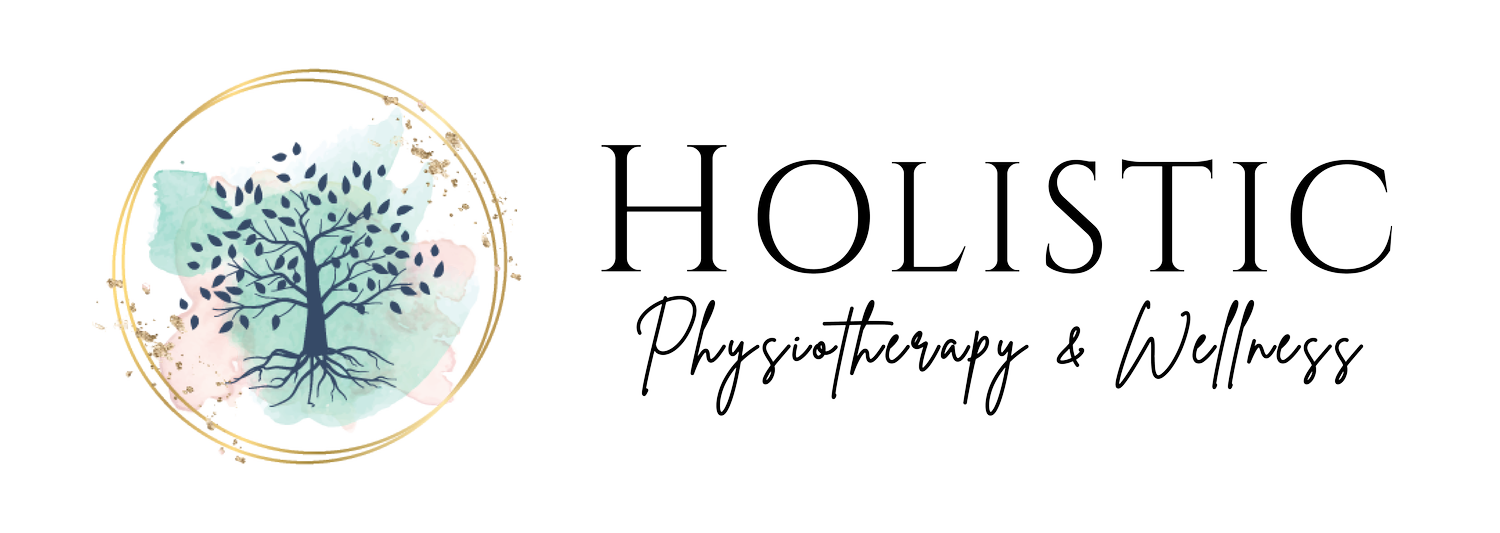Orthotics
Dr. Carly Njaa - B.Sc. Kin, D.C. | Dr. Madolyn Linka - B.A. (KIN), D.C.
Orthotics help with conditions such as pes planus, shin splints, plantar fasciitis, heel spurs, sesamoiditis, neruoma, low back pain, hip pain, ankle instability, leg length discrepancy, chondromalacia, and ITB syndrome.
The technique used to manufacture the orthotics is a 3D foam cast in combination with a gait analysis. The foam cast, as well as a prescription form that outlines the practitioner’s specific observations and requests, is sent to the Footmaxx Lab. A positive plaster cast is poured and then corrected. Footmaxx lab technicians use vacuum forming equipment and processes to shape the orthotic module. Corrective extrinsic varus or valgus posting is then applied to the orthotic as per the prescription requirements. Numerous accommodations such as metatarsal pads, cutouts and wells etc. are added in accordance with the practitioners order specifications.
Orthotics support proper biomechanics, correct abnormal motion, and accommodate for pathologies.
“Biomechanics is the study of the body in motion. Foot biomechanics studies the relationship of the foot to the lower leg. During walking and running the musculoskeletal system generates forces to propel the body forward. The foot serves two main functions: to act as a mobile adaptor and adjust to varying terrain, and as a rigid lever for forward propulsion in locomotion. The two functions are time specific in that when the foot spends too much time being a mobile adaptor it is not spending enough time being a rigid lever, and vice versa.
Biomechanics of the foot analyzes how the various structures of the foot work together to perform specific functions (timing being of utmost importance). Excessive or prolonged motion or lack of motion will cause various deformities and pathologies discussed in the next section. Proper biomechanics allow human beings to walk, run, jump and move freely without pain or dysfunction”
- Footmaxx

